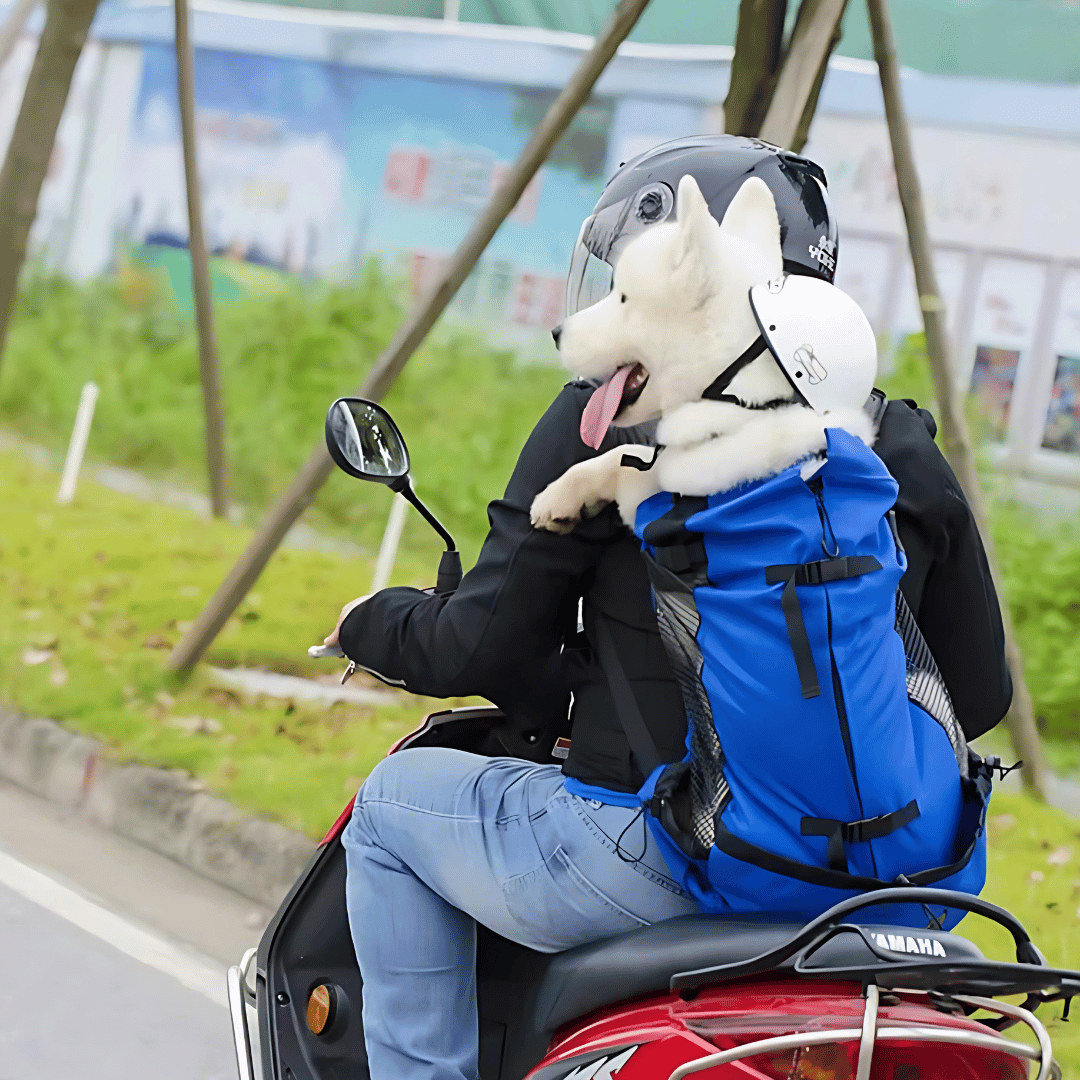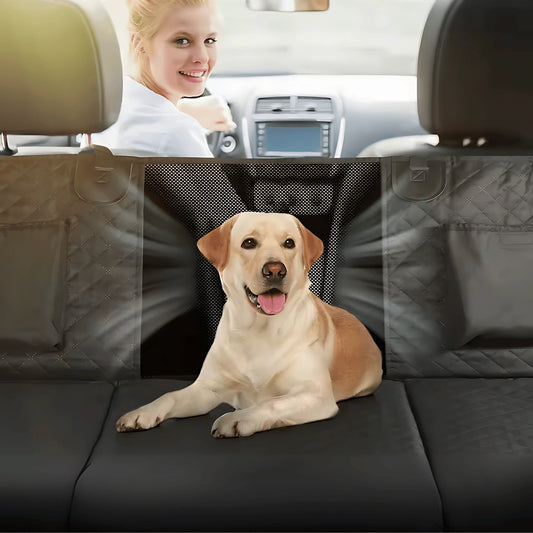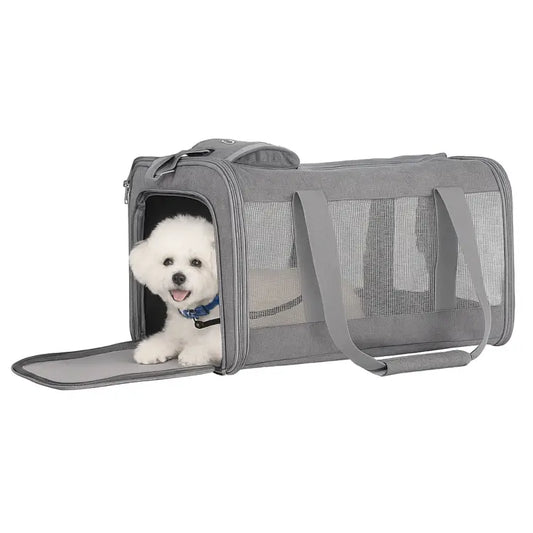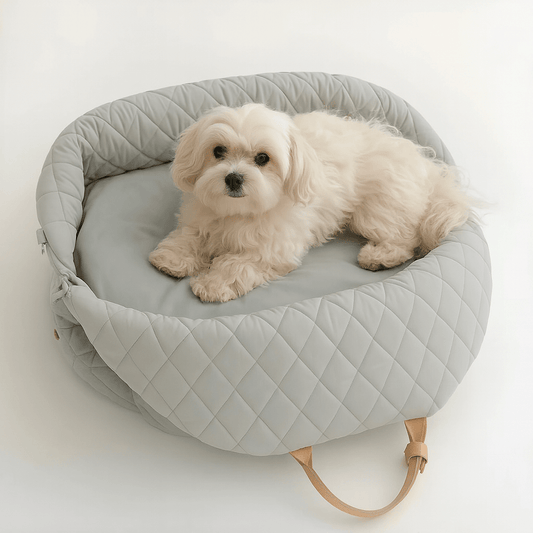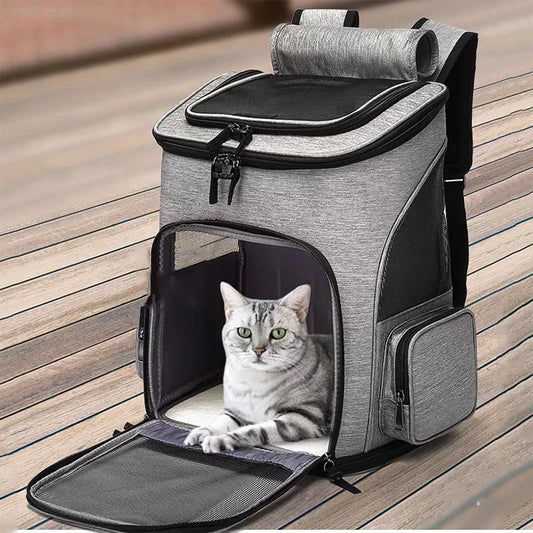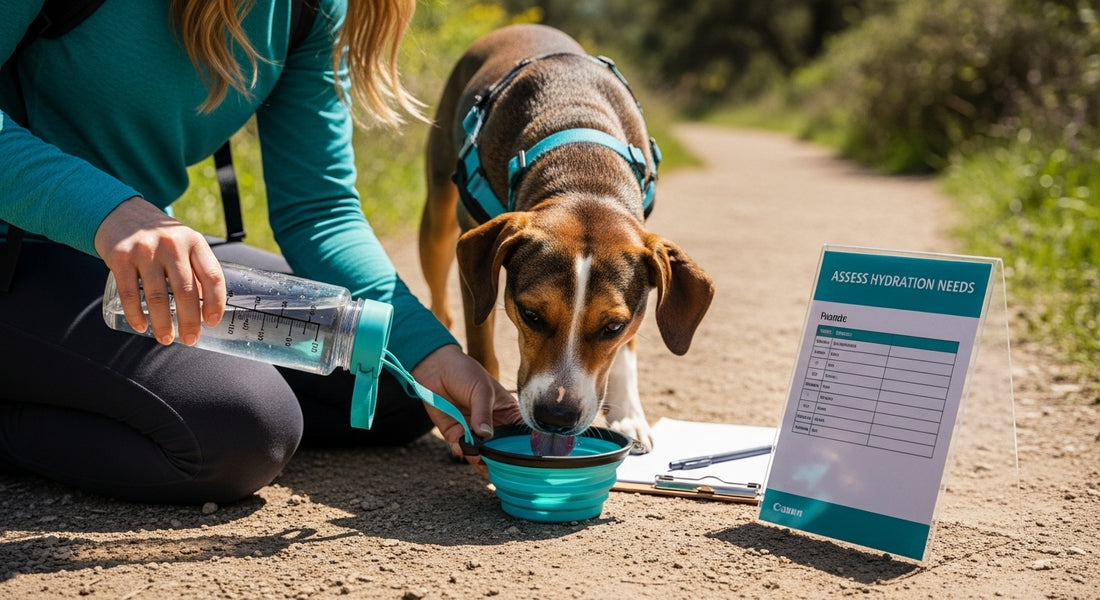
Essential Pet Hydration Workflow Outdoors: Keep Them Hydrated
Share
Summer adventures with your pet sound like pure fun. Yet pets can lose up to twice their normal water needs during outdoor activities. Most pet owners assume a bowl and a bottle are enough. Surprising though, the real difference comes down to tracking and tailoring hydration in ways most people never consider.
Table of Contents
- Step 1: Assess Your Pet’s Hydration Needs
- Step 2: Choose the Right Hydration Gear
- Step 3: Plan Your Hydration Schedule
- Step 4: Monitor Hydration During Activities
- Step 5: Evaluate Hydration Success After Outings
Quick Summary
| Key Point | Explanation |
|---|---|
| 1. Assess Your Pet’s Hydration Needs | Determine water requirements based on size, activity level, and environmental conditions. Monitor for signs of dehydration during outdoor activities. |
| 2. Choose the Right Hydration Gear | Select portable equipment suited for your pet’s needs and outdoor conditions to ensure easy access to water. |
| 3. Plan Your Hydration Schedule | Create a structured hydration plan, providing water breaks at regular intervals based on activity intensity and environmental factors. |
| 4. Monitor Hydration During Activities | Regularly check your pet’s hydration status through visual health assessments and adjustments based on their behavior. |
| 5. Evaluate Hydration Success After Outings | After each outing, review your hydration strategy’s effectiveness by assessing your pet’s condition and documenting findings for future reference. |
Step 1: Assess Your Pet’s Hydration Needs
Understanding your pet’s individual hydration requirements is the critical first step in maintaining their health during outdoor activities. Every animal has unique water needs based on their size, breed, age, and activity level. Portable pet hydration solutions can help you track and manage these requirements effectively.
Begin by examining your pet’s typical water consumption patterns. Smaller dogs and cats generally need less water compared to larger breeds, but activity level dramatically influences hydration needs. A working dog or one engaged in high-intensity outdoor activities will require significantly more water than a sedentary pet. According to the ASPCA, pets typically need approximately one ounce of water per pound of body weight daily, with outdoor conditions increasing this requirement.
Careful observation is key to understanding your pet’s hydration signals. Look for subtle indicators like slight lethargy, reduced skin elasticity, dry gums, or decreased urination frequency. These can be early warning signs of dehydration. During outdoor adventures, monitor your pet’s behavior closely. If they seem less energetic, are panting excessively, or show reduced interest in play, these might indicate they need immediate water intake.
To accurately assess your pet’s hydration needs, consider creating a simple tracking system. Measure and record their daily water intake, noting variations during different activities and weather conditions. Use a consistent water container and track consumption before, during, and after outdoor excursions. This personalized approach helps you understand your pet’s unique hydration patterns and prepares you to prevent potential dehydration risks.
Key verification indicators that your pet is adequately hydrated include:
- Moist, pink gums
- Elastic skin that quickly returns to normal when gently pinched
- Regular, consistent urination
- Bright, alert demeanor during and after physical activities
By developing a comprehensive understanding of your pet’s individual hydration needs, you set the foundation for a safe and enjoyable outdoor experience.
Step 2: Choose the Right Hydration Gear
Selecting appropriate hydration equipment is crucial for maintaining your pet’s water intake during outdoor adventures. The right gear can make the difference between a comfortable journey and a potential health risk. Convenient folding pet water bottles provide an excellent starting point for pet owners seeking portable hydration solutions.
When evaluating hydration gear, consider the specific characteristics of your outdoor environment and your pet’s individual needs. Lightweight, compact water dispensers work best for hiking and long walks, while more robust systems might be necessary for extended trips or hot climates. According to the ASPCA, portable water containers designed specifically for pets can significantly improve hydration management during outdoor activities.
Material selection plays a critical role in choosing effective hydration gear. Look for equipment constructed from food-grade, durable materials that are easy to clean and resist bacterial growth. Stainless steel and BPA-free plastic options provide excellent durability and safety. Collapsible silicone bowls offer remarkable convenience, allowing you to pack them easily without sacrificing space in your travel kit.
Consider the practical features that enhance usability. Integrated filters can improve water quality during outdoor trips, while leak-proof designs prevent unexpected spills. Some advanced hydration systems include measurement markers, helping you track your pet’s water intake precisely. Attachable clips and carabiner connections can secure water bottles directly to backpacks or harnesses, ensuring convenient access during movement.
Key considerations when selecting pet hydration gear include:
- Capacity matching your pet’s size and activity level
- Ease of cleaning and maintenance
- Portability and weight
- Durability in various environmental conditions
- Additional features like built-in filters or measurement indicators
Ultimately, the ideal hydration gear should seamlessly integrate into your outdoor routine, providing a reliable water source that keeps your pet comfortable and healthy. Test different options before extended trips to determine which solution works best for your specific needs.
The table below summarizes popular pet hydration gear options, highlighting their key features, best use cases, and maintenance needs to help you choose the right equipment for your pet.
| Hydration Gear Type | Key Features | Best For | Maintenance |
|---|---|---|---|
| Folding Water Bottle | Lightweight, compact, leak-proof | Hiking, short walks | Easy to clean |
| Stainless Steel Bottle | Durable, resists bacteria, sturdy | Extended trips, hot days | Dishwasher safe |
| Collapsible Silicone Bowl | Space-saving, flexible | Any outdoor activity | Wash with soap |
| Dispenser with Filter | Built-in filter, clean water access | Travel, varied water | Replace filters |
| BPA-Free Plastic Bottle | Lightweight, affordable | Day trips, parks | Rinse regularly |
Step 3: Plan Your Hydration Schedule
Developing a strategic hydration schedule transforms random water breaks into a systematic approach to maintaining your pet’s health during outdoor activities. Proactive planning prevents potential dehydration risks and ensures your pet remains comfortable and energized throughout your adventure. Portable Pet Hydration Solutions can provide additional insights into effective hydration management.
The foundation of an effective hydration schedule involves understanding the specific environmental conditions and activity intensity. Temperature, humidity, altitude, and physical exertion significantly impact your pet’s water requirements. In hot or humid environments, water consumption needs can increase dramatically, sometimes doubling the typical daily intake. According to the American Veterinary Medical Association, pets are more susceptible to dehydration in challenging weather conditions.
Create a structured hydration timeline that aligns with your outdoor activity. For moderate activities like walking or hiking, plan water breaks every 15-30 minutes, allowing small, consistent intake rather than large, infrequent drinking sessions. During high-intensity activities or in warmer climates, increase the frequency of water breaks. Some pets may require water every 10-15 minutes to maintain optimal hydration levels. Watch for your pet’s individual signals, such as increased panting or slowing pace, which might indicate an immediate need for water.
Consider creating a hydration tracking method to monitor your pet’s water intake systematically. Use a small notebook or digital app to record water consumption, noting the time, amount, and any observed changes in your pet’s behavior or energy levels. This documentation helps you understand your pet’s unique hydration patterns and allows you to adjust your strategy in real-time.
![]()
Critical elements for an effective hydration schedule include:
- Consistent and frequent water breaks
- Monitoring environmental conditions
- Adapting schedule based on activity intensity
- Observing pet’s individual hydration signals
- Maintaining a flexible, responsive approach
Successful hydration scheduling requires ongoing observation and adaptation. Each pet is unique, and what works in one scenario might need adjustment in another. By developing a thoughtful, personalized hydration strategy, you ensure your pet remains healthy, comfortable, and ready to enjoy every outdoor adventure.
Step 4: Monitor Hydration During Activities
Active monitoring of your pet’s hydration status is crucial during outdoor adventures, transforming your preparedness into real-time health protection. Understanding the subtle signs of hydration and potential dehydration can prevent serious health complications. Convenient Folding Pet Water Bottle resources can provide additional support for maintaining optimal hydration levels during activities.
Visual and physical indicators are your primary tools for assessing your pet’s hydration state. Pay close attention to their physical responses during outdoor activities. Excessive panting, slowed movement, or a sudden lack of enthusiasm can signal imminent dehydration. According to the American Veterinary Medical Association, early recognition of dehydration symptoms is critical for preventing more severe health issues.
Develop a systematic approach to hydration monitoring that integrates seamlessly with your activity. Conduct quick physical assessments every 20-30 minutes, checking your pet’s gum color, skin elasticity, and energy levels. Gently pinch the skin between their shoulder blades and observe how quickly it returns to its original position. Slow skin recovery indicates potential dehydration and requires immediate water intervention. Similarly, pale or tacky gums suggest your pet needs immediate hydration attention.
Temperature and activity intensity dramatically influence hydration needs. In warmer environments or during high-energy activities, your monitoring frequency should increase. Consider using a small digital timer or smartwatch to schedule regular hydration check-ins. Some pet owners find success with color-coded hydration tracking systems, using wristbands or small markers to indicate water intake intervals and observation points.
Critical monitoring techniques include:
- Frequent visual health assessments
- Tracking skin elasticity recovery time
- Observing gum color and moisture
- Monitoring energy and movement patterns
- Maintaining a consistent hydration intervention strategy
Remember that each pet responds differently to outdoor activities. Some animals may show dehydration signs more subtly than others. Developing an intuitive understanding of your pet’s unique physiological responses takes time and consistent observation. By remaining attentive and proactive, you can ensure a safe, enjoyable outdoor experience that prioritizes your pet’s health and comfort.
Use this table to quickly identify common dehydration signs in pets, what they might indicate, and the recommended immediate actions to take during outdoor activities.
| Dehydration Sign | Possible Meaning | Immediate Action |
|---|---|---|
| Excessive panting | Overheating, water loss | Offer water, rest in shade |
| Lethargy | Early dehydration, fatigue | Give water, monitor |
| Dry gums | Fluid imbalance, dehydration | Hydrate and re-assess |
| Reduced skin elasticity | Moderate to severe dehydration | Provide water immediately |
| Decreased urination | Insufficient hydration | Increase water access |
| Reduced enthusiasm | Low energy due to dehydration | Rest and hydrate |
Step 5: Evaluate Hydration Success After Outings
Post-activity hydration assessment is a critical final step in ensuring your pet’s overall health and well-being during outdoor adventures. Reflecting on your hydration strategy provides valuable insights for future trips, helping you refine and improve your approach. Portable Pet Hydration Solutions can offer additional context for understanding pet hydration needs.
Immediately after returning from your outdoor activity, conduct a comprehensive health evaluation. Look for specific indicators that reveal how well your hydration strategy performed. According to the American Veterinary Medical Association, post-activity assessment is crucial for identifying potential hydration-related stress or minor health concerns before they escalate.
Begin by reviewing your pet’s physical condition and behavior. Check their energy levels, noting whether they seem tired but not exhausted, which indicates a balanced hydration approach. Examine their gums for proper color and moisture, and assess skin elasticity by gently pinching the skin between their shoulder blades. A quick return to normal suggests successful hydration management. Pay attention to urination patterns in the hours following your activity, as consistent and normal urination is a strong indicator of proper hydration.
Document your observations in a dedicated tracking system. Create a simple log that captures key details such as water intake during the activity, environmental conditions, duration of the outing, and your pet’s post-activity condition. This documentation becomes an invaluable resource for understanding your pet’s unique hydration needs and helps you develop increasingly sophisticated hydration strategies for future outdoor adventures.
Critical post-activity evaluation elements include:
- Assessing overall energy and recovery speed
- Checking physical hydration indicators
- Monitoring urination patterns
- Reviewing water consumption records
- Identifying potential areas for improvement
Remember that each outdoor experience is a learning opportunity. Some activities might reveal unexpected challenges or highlight your pet’s specific hydration requirements. By maintaining a curious and observant approach, you transform each outing into a chance to become more attuned to your pet’s health needs. Continuous improvement is the key to developing a robust, personalized hydration workflow that keeps your furry companion safe, comfortable, and ready for their next adventure.
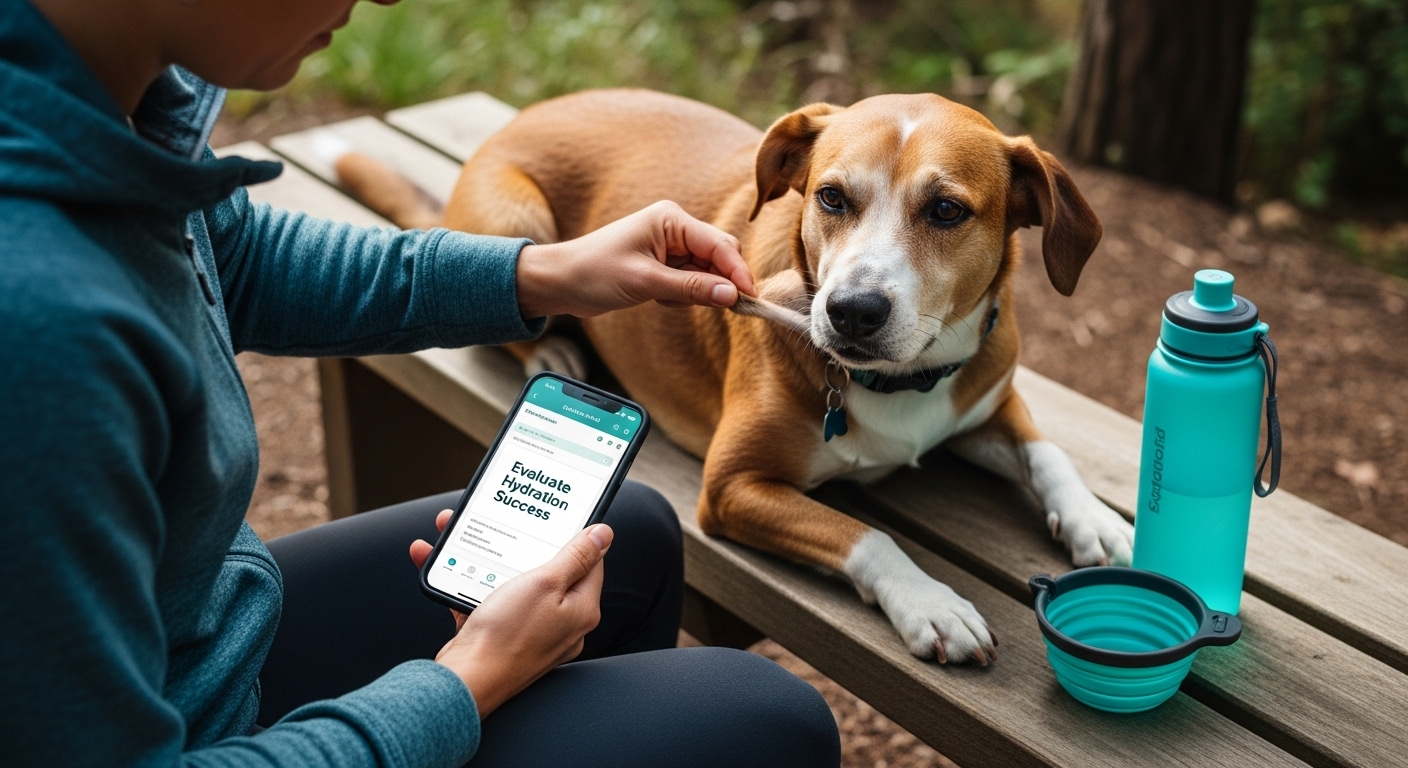
Take Hydration Outdoors with Confidence
Worried about keeping your dog hydrated and energized during outdoor adventures? When you head outside, dehydration can creep up fast and drainage of energy or early signs of discomfort can put both you and your pet at risk. The article above covers how critical it is to watch for hydration signals, equip yourself with the right gear, and plan hydration checkpoints for every step of your journey. But having the right products on hand makes this workflow so much easier.
If you want stress-free pet outings this season, browse our Summer Travel Essentials for Dogs. You will discover portable water bottles, collapsible bowls and rugged hydration gear made for real adventures.
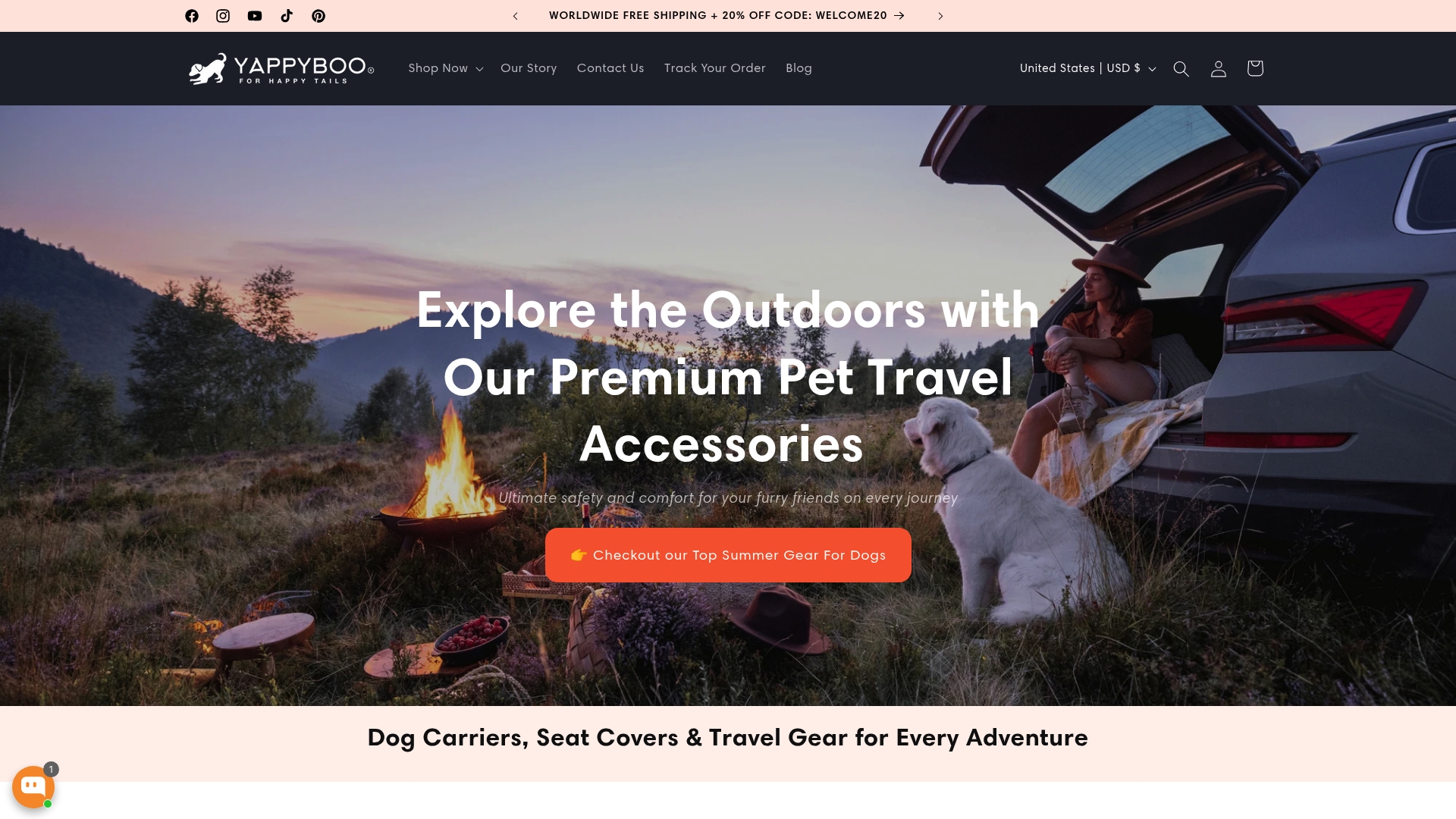
Explore the must-haves that work seamlessly with your pet hydration workflow at YappyBoo.store. For mountain trails, road trips or a simple summer day at the park, our Dog Hiking Backpacks & Outdoor Carriers keep water and supplies close at hand. Make each trip safer and more joyful. Shop now so your next outing is well-prepared and worry-free.
Frequently Asked Questions
How can I assess my pet’s hydration needs during outdoor activities?
Understanding your pet’s hydration needs involves examining factors like their size, breed, age, and activity level. It’s recommended that pets drink about one ounce of water per pound of body weight daily, with increased requirements during outdoor activities.
What type of hydration gear is best for outdoor adventures with pets?
The best hydration gear for pets includes lightweight, portable water dispensers and collapsible bowls made from food-grade materials. Look for durable, easy-to-clean options that are practical for your specific outdoor environment and your pet’s needs.
How often should I give my pet water breaks during outdoor activities?
For moderate activities like walking or hiking, plan for water breaks every 15-30 minutes. In hotter conditions or during high-intensity activities, pets may need water every 10-15 minutes to maintain proper hydration levels.
What signs indicate that my pet may be dehydrated while outdoors?
Signs of dehydration in pets include excessive panting, lethargy, dry gums, decreased skin elasticity, and reduced urination. Monitoring these indicators during outdoor adventures is essential for their health.
